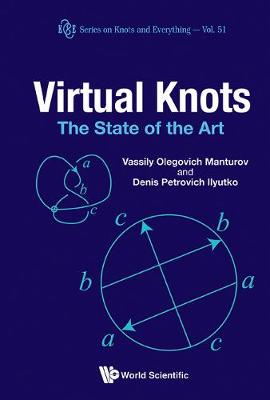The book is the first systematic research completely devoted to a comprehensive study of virtual knots and classical knots as its integral part. The book is self-contained and contains up-to-date exposition of the key aspects of virtual (and classical) knot theory.Virtual knots were discovered by Louis Kauffman in 1996. When virtual knot theory arose, it became clear that classical knot theory was a small integral part of a larger theory, and studying properties of virtual knots helped one understand better some aspects of classical knot theory and encouraged the study of further problems. Virtual knot theory finds its applications in classical knot theory. Virtual knot theory occupies an intermediate position between the theory of knots in arbitrary three-manifold and classical knot theory.In this book we present the latest achievements in virtual knot theory including Khovanov homology theory and parity theory due to V O Manturov and graph-link theory due to both authors. By means of parity, one can construct functorial mappings from knots to knots, filtrations on the space of knots, refine many invariants and prove minimality of many series of knot diagrams.Graph-links can be treated as "diagramless knot theory": such "links" have crossings, but they do not have arcs connecting these crossings. It turns out, however, that to graph-links one can extend many methods of classical and virtual knot theories, in particular, the Khovanov homology and the parity theory.
- ISBN13 9789814401128
- Publish Date 28 November 2012 (first published 1 January 2012)
- Publish Status Active
- Publish Country SG
- Imprint World Scientific Publishing Co Pte Ltd
- Format Hardcover
- Pages 552
- Language English
- URL https://worldscientific.com/worldscibooks/10.1142/8438
